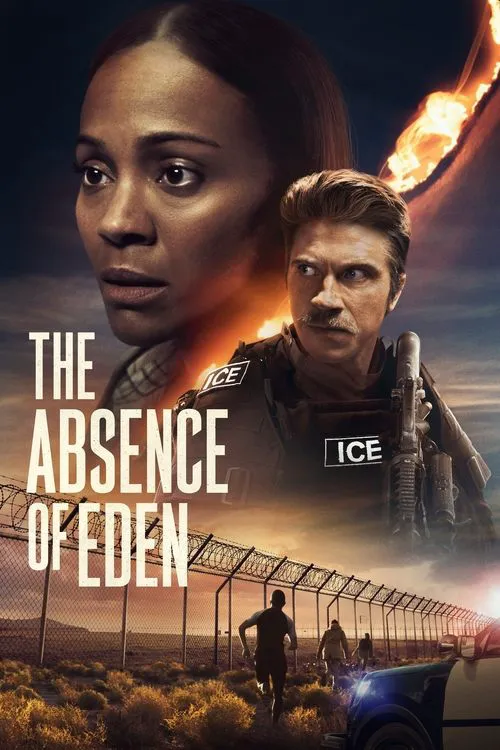Journey into the Heart of Division: Behind the Scenes of “The Absence of Eden”
In an era defined by blurred lines and profound geopolitical shifts, some films dare to delve into the raw, unforgiving truths of our world. “The Absence of Eden” is precisely such a film, taking audiences on an visceral and emotionally charged journey through the US-Mexico borderlands. While the screen electrifies with tension and drama, the true power of this film lies in its meticulous crafting of a narrative that is as timely as it is timeless.
Crafting a World on the Edge
The genesis of “The Absence of Eden” lies in a profound desire to explore the human cost of border politics, moving beyond headlines to illuminate the deeply personal struggles endured by individuals caught in its intricate web. From the initial concept, the filmmakers aimed to present a nuanced portrayal of the desert-scarred landscape – a character in itself – where moral dilemmas are as omnipresent as the scorching sun. The setting is not merely a backdrop but a crucible, shaping the destinies of its protagonists and reflecting the harsh realities faced by countless individuals on this contested line.
The Unlikely Alliance: Kate and Sofia’s Genesis
At the core of “The Absence of Eden” is the improbable intertwining of two lives, dramatically divergent yet bound by a common, desperate struggle.
Kate Matthews: The Embodiment of Duty and Doubt
The character of ICE Agent Kate Matthews was meticulously developed to represent the institutional side of border enforcement, a woman defined by her unwavering adherence to duty. Her journey is not about black-and-white morality but the gradual chipping away of her rigid facade, forcing her to confront the human element often lost in policy and protocol. The creative team focused on portraying her internal conflict, the professional isolation, and the slow awakening of her empathy, making her a compelling figure for audiences to connect with beyond her badge.

Sofia Hernandez: A Mother’s Desperation, A Fighter’s Spirit
Across the border, Sofia Hernandez embodies the raw, unfathomable desperation of an undocumented immigrant. Her story is a poignant testament to the lengths a mother will go to protect her child. Filmmakers ensured Sofia was not a mere victim but a woman of immense strength and resilience, her spirit unbroken by hardship. Her quiet struggle, marked by vigilance against the predators who prey on the vulnerable, lays the groundwork for her desperate acts of defiance. The powerful bond between her and her daughter, though rarely shown explicitly, is the driving force behind every one of Sofia’s perilous choices.
The creative challenge was to bring these two disparate perspectives together authentically. The moment Kate stumbles upon Sofia’s plight, an initial reluctance gives way to a sense of shared humanity. Their evolving bond is the heart of the film, transforming a high-stakes thriller into a deeply empathetic character study. The subtle shifts in Kate’s demeanor and Sofia’s desperate plea for help weave a partnership that transcends their respective allegiances.

The Desert as Destiny: Filming the Stark Reality
The desolate beauty and inherent dangers of the border landscape are crucial to “The Absence of Eden.” Rather than just a filming location, the desert serves as a potent metaphor for the “no-man’s-land” between two worlds. Cinematographers worked to capture its unforgiving nature – the vast emptiness, the simmering heat, the hidden threats – all of which amplify the characters’ isolation and the immense physical and emotional hurdles they must overcome. Every frame is designed to remind the audience of the constant peril and the sheer will required to survive in such an environment.
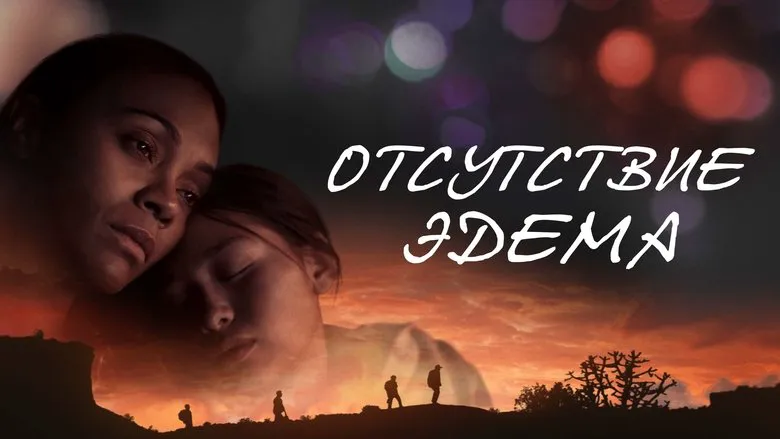
The relentless pursuit by Victor, the ruthless cartel leader, adds a layer of gripping suspense. The filmmakers deliberately portrayed Victor not as a caricature but as a cold, calculating force—an embodiment of the exploitation that thrives in the border’s shadows. His presence ensures that the stakes are constantly escalating, pushing Kate and Sofia to their limits.
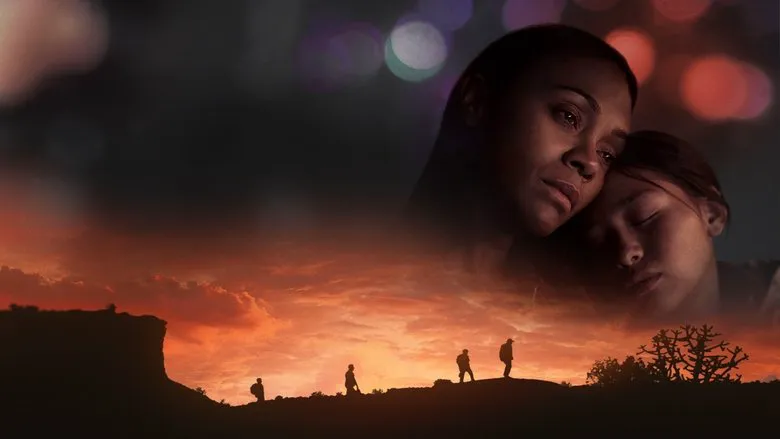
“Eden”: A Universal Quest for Sanctuary
The symbolic quest for “Eden” is one of the film’s most resonant elements. It’s not merely a physical destination but an ideal: a sanctuary where the arbitrary rules of the border dissolve, and humanity triumphs over division. For Kate, it represents a chance for personal redemption, an opportunity to re-discover her own sense of purpose beyond the confines of her duty. For Sofia, Eden embodies the primal hope for a better life for her child, a future free from fear and scarcity. This shared aspiration elevates their individual struggles into a universal narrative about the profound human need for hope and belonging.
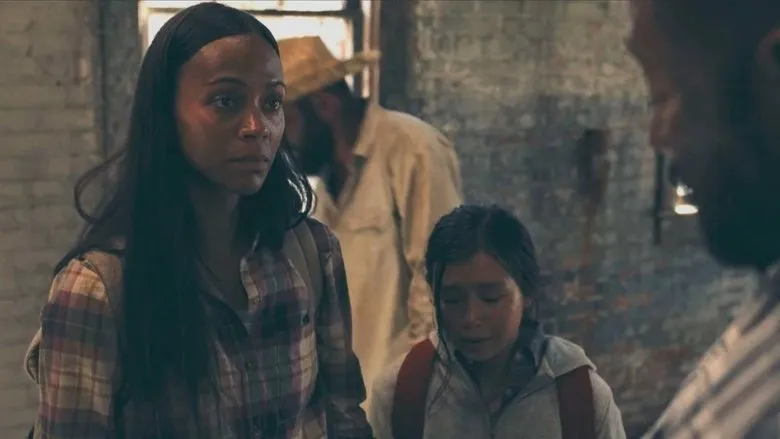
The climactic confrontation is designed to be a heart-stopping showcase of their newfound reliance on each other, leveraging their unique skills in a battle against impossible odds. It’s a testament to the idea that, when faced with overwhelming adversity, compassion and shared purpose can forge an unbreakable strength.
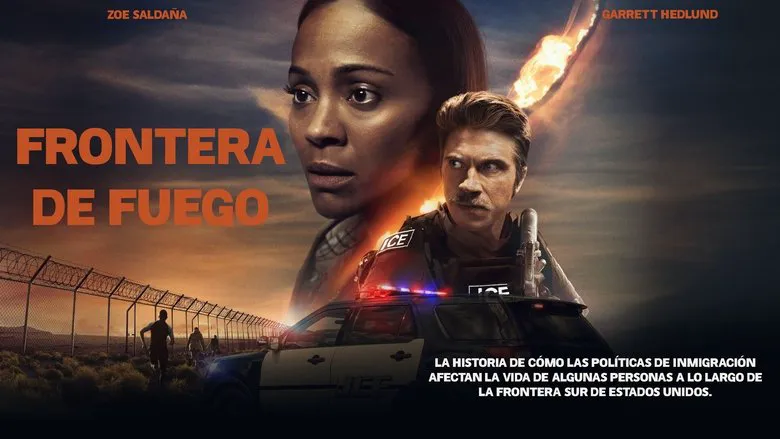
Ultimately, “The Absence of Eden” is more than just a thrilling narrative; it’s a profound social commentary. It courageously shines a spotlight on the systemic failures that perpetuate the border’s dark underbelly, compelling audiences to confront uncomfortable truths about national identity, empathy, and the human condition. Through Kate and Sofia’s extraordinary journey, the film serves as a powerful reminder that in a world marked by division, kindness, understanding, and courage remain paramount, urging viewers to reflect on what it truly means to be human in “the absence of Eden.”
